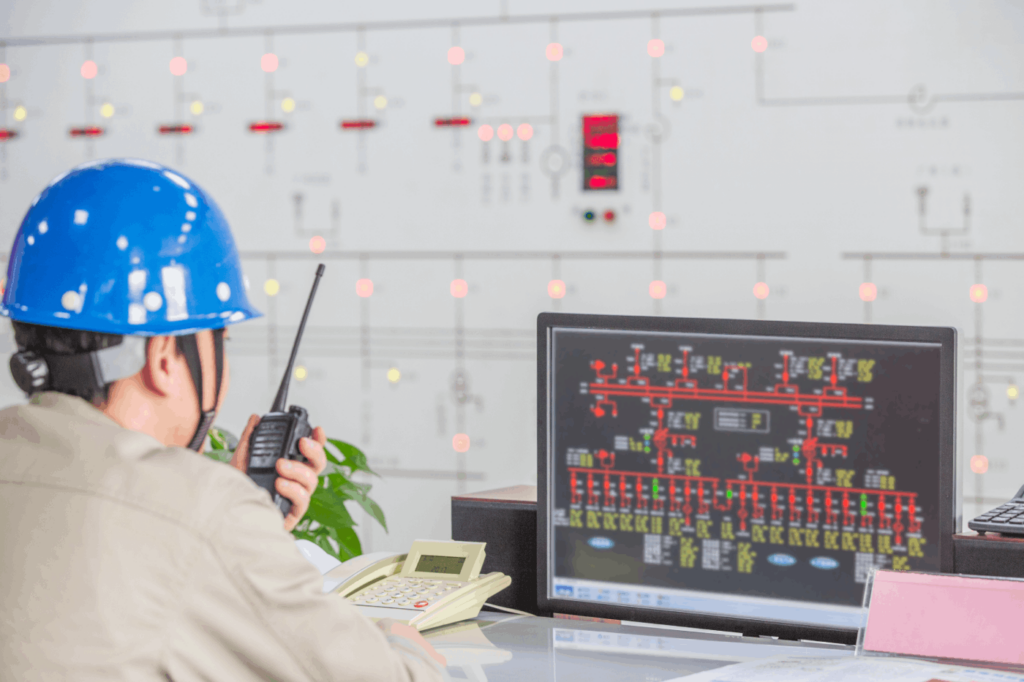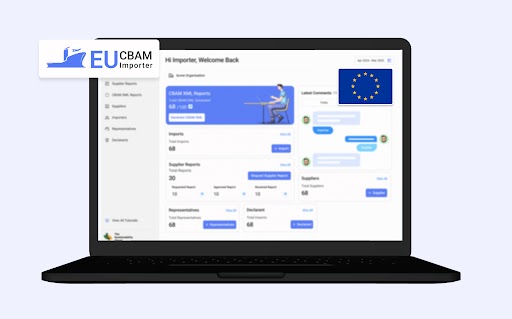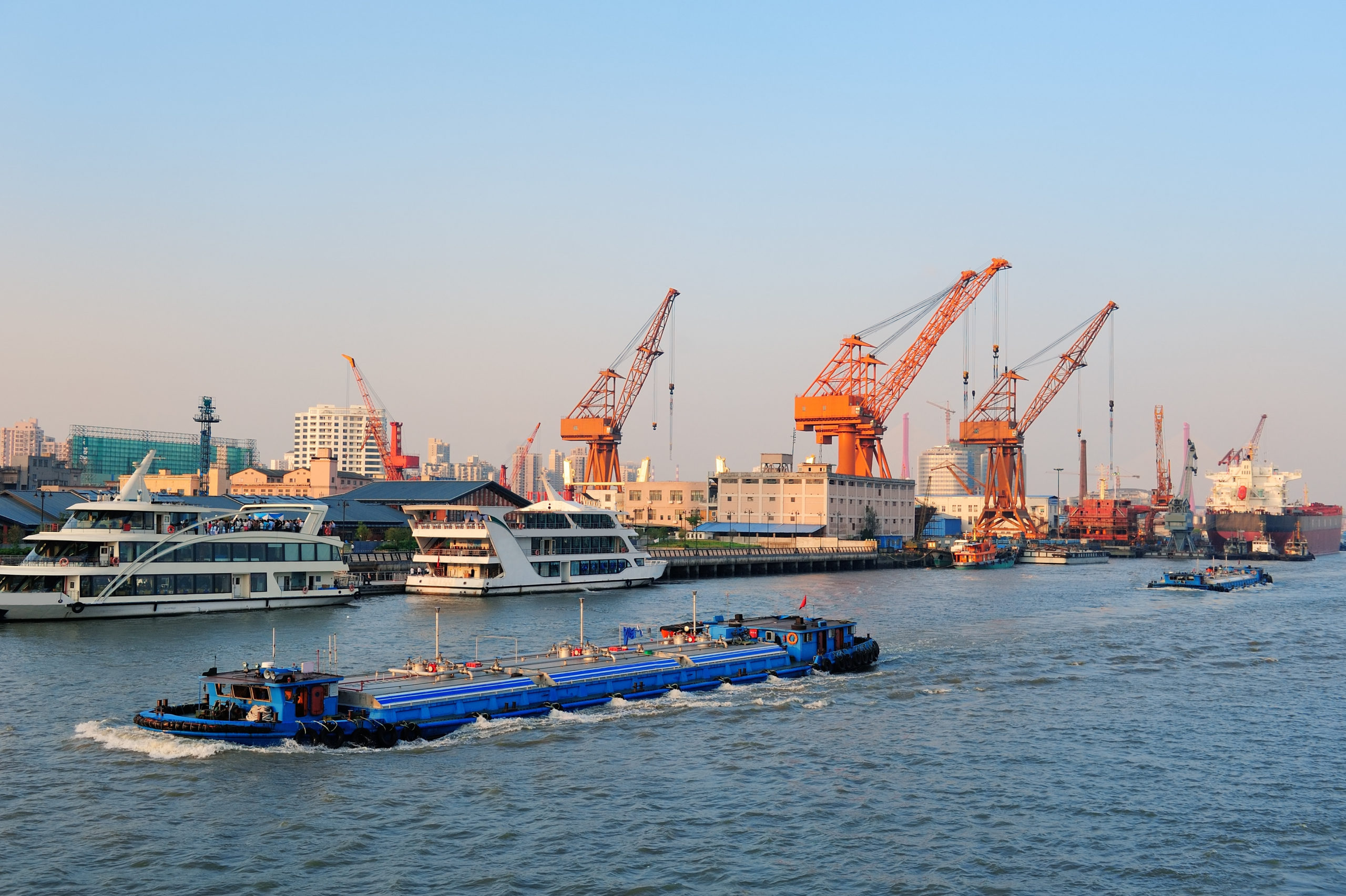The Central Pollution Control Board(CPCB) is a statutory body established in 1974 under the Water(prevention and control of pollution) Act 1974 to enact various regulations for preventing air and water pollution.
All the industries in India are required to follow the compliance issued by CPCB. Industries failing to do so are liable to be penalized by the statutory body.
This article will give you a brief on the guidelines issued by CPCB for stack monitoring. If you are looking for an Online Emission Monitoring System as per CPCB Guidelines, then you’ll find this article quite useful for you.
CPCB Guidelines for Stack Monitoring
- If your industry falls under the category of 17 highly polluting industries, then you must have to install CEMS at your plant premises.
- If you don’t fall under the highly polluting industries, even then it’s advisable to adopt the CEMS systems.
- The 17 highly polluted industries include,
- Sugar
- Cotton Textile
- Composite Wollen Mills
- Synthetic Rubber
- Pulp and Paper
- Distilleries
- Leather Industries
- Calcium Carbide
- Carbon Black
- Natural Rubber
- Asbestos
- Caustic Soda
- Small Boilers
- Aluminum Plants
- Tanneries
- Inorganic Chemicals
- Other industries that use boilers
- You are responsible for providing the data to CPCB, SPCB, or other concerned regulatory bodies. However, your supplier or the instrument manufacturer may assist or represent you on their behalf in the process. You must also ensure that at least 85% of the emission data is transmitted to regulatory bodies.
- Your IoT provider needs to send data on their cloud servers and after that push that real-time data to servers of CPCB, SPCBs, or concerned authorities.
- Your instrument vendor/manufacturer must be able to provide manual data directly from the analyzers when necessary to at least 4 locations of CPCB, or SPCBs.
- Your instrument vendor must regularly cross-check the data of CEMS with the data collected manually via approved laboratory testing. This is done to revalidate the calibration factor for producing accurate results.
- After installation of the CEM system, you must ensure that your complete system is covered under the maintenance contract with your vendors and authorized service partners of your device manufacturers.
- The service partner/manufacturer of your apparatus should ensure that any problem occurring in your CEMS doesn’t exceed 72 hours. If it exceeds the given time, then you must inform CPCB/SPCBs regarding this.
- It’s also the onus of your service providers/manufacturers to ensure the availability of spare parts of your CEMS for 7 years after its installation.
- You are allowed to involve CPCB selected laboratories only for assessing installation, calibration, and validating your CEM System. However, till the arrangement of such laboratories is not provided by CPCB, you are allowed to go with your own laboratories if these are EPA-approved or NABL accredited.
- You are NOT allowed to do a performance audit of your CEMS. The performance audit is required to be performed by other CPCB allocated laboratories, separate from those carrying out routine calibration or data verification tasks.
- You need to inform CPCB/SPCBs via online system/email about the visit dates and time of the labs you have engaged for the calibration, data verifications, performance audit, and other tasks.
Reference
If you want to read in detail about the emission regulations, you can download the Official PDF version of CPCB Guidelines.
Contact Us
Contact us now if you are looking for a Continuous Emission Monitoring System as per CPCB Regulations.




